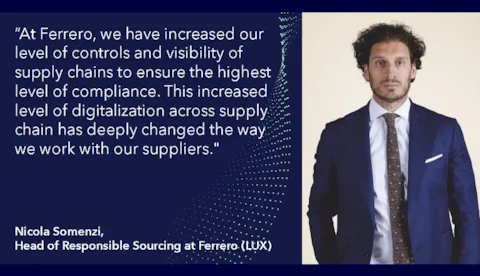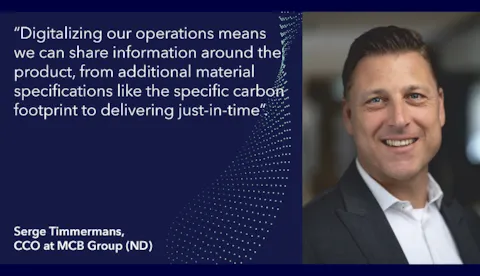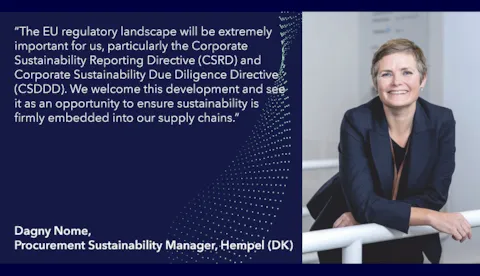Large organizations face multiple issues with their complex supply chains, including the need to become more efficient and more sustainable.
While the climate crisis is not new, the intense demand placed on businesses by customers, investors, and regulators to eliminate climate impact and contribute to a just society has never been greater. This could prove to be the biggest test yet, while a wide-reaching wave of regulation – in Europe in particular – are entering into force. Those that fall behind on sustainability will find their risks greater and their margins lower.
How can businesses build ‘lean and green’ supply chains? How can they be equally committed to sustainability and cost efficiency without compromising either?
To find out, we surveyed 525 decision-makers in supply chain and procurement, sustainability, regulatory affairs, and digital transformation. Their responses reveal that digitalization means companies no longer need to choose between ‘lean’ and ‘green’.
The report dives into several crucial issues underpinning the challenges related to supply chain sustainability, including:
- How a fast-evolving sustainability regulatory framework is taking shape in Europe, which significantly increases costs and risk for large companies with complex supply chains.
- What are the biggest barriers to implementing cost-efficiency and sustainable supply chains.
- How digital transformation can help organizations optimize both cost and sustainability without compromise.
- Five guiding principles on how to achieve lean and green digital transformation.
Download the report now
Spotlight interviews
An industry information source of solutions and ideas to improve your supply chain resilience

Ferrero

Metaal Compagnie Brabant (MCB)
